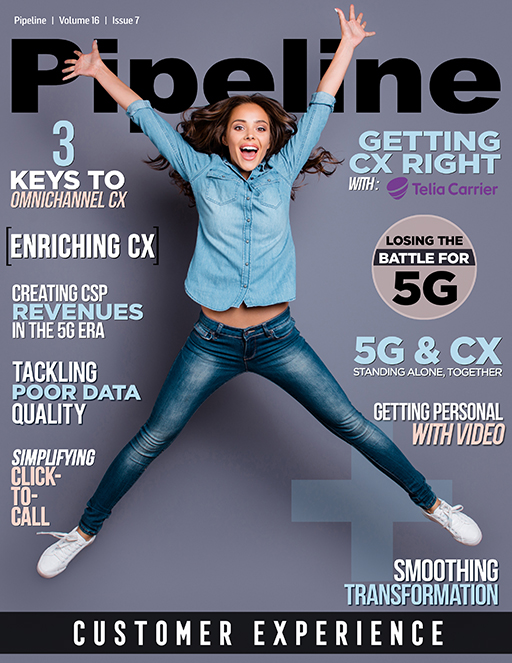Enriching Customer Experience
Although there is talk about the rural digital divide, in reality there are no longer big differences in customer expectations between rural and urban areas. With the proliferation of the Internet and the way information travels, rural areas are not isolated. They are connected, and their expectations are on par with what customers in urban areas expect. A cell phone call may drop in certain spots on the highway, but as far as the network goes, rural customers are every bit as dependent on having good service as urban customers. Let’s look at a few examples.
IoT agribusiness operations
The connectivity and the redundancy in their network and the level of performance is as important to a Midwest agribusiness operation as it is to urban customers.
A large cattle-feeding operation may have multiple locations in rural areas where it conducts business with fiber back to its headquarters. It depends upon that network to buy and sell commodities and conduct other crucial business activities. Staff also uses agriculture Internet of Things (IoT) devices, chips and other solutions to capture data about the animals they are feeding.
Nonprofits need high-performing networks
Do Space, a technology library open to the public with a dedicated 1 Gigabit fiber internet, is not typical free Wi-Fi at your local public library. At Do Space, everyone has free access to the latest software, devices, free learning and ultra-fast Internet. Patrons can learn the basics of 3D design, use a laser cutter and 3D printer, experience virtual reality technology, attend coding classes and video game development workshops and much more. Conceived and developed in Omaha, Nebraska about four years ago, Do Space has a vision to help feed Omaha’s tech talent pipeline.
Omaha Performing Arts (OPA) provides Broadway, jazz, blues, dance, comedy, family and popular entertainment and relies on the performance of its fiber optic network. The network connects its performance venues at the Orpheum Theater and Holland Performing Arts Center as well as its headquarters into a key data center where the company houses its servers and data storage. The network supports mission-critical functions such as performance operations, ticketing and back office operations like human resources and accounting. OPA has interactive performances where families can log onto their Wi-Fi during the performances and participate. Along those lines, it also offers apps with subtitles so hearing-impaired patrons can better enjoy performances.
One-of-a-kind, not one-size-fits-all
For a local telephone company in 1910 in the Heartland, a basic connection between two people in two different places was extraordinary service. For many years, sharing a party line with five to six strangers was fine.
Now, the telecommunications landscape will see increased fiber deployments to meet an insatiable demand for bandwidth. ![]()
Customers want always-on broadband-driven service with Internet connections to mobile phones, devices, TVs, and voice-controlled intelligent personal assistants such as Echo devices throughout their homes or offices. They expect to be able to stream content to three or even six devices. Will they embrace more long-form programming and digital content, such as the new Disney Plus channel and The Mandalorian? Undoubtedly, home broadband offerings will consist of higher and higher speeds per home. In addition, many enterprises today require 1 Gbps or more. With the deployment of fiber for 5G, we can expect more changes.
Yet providers must always keep in mind that successful basic practices from past years, decades or even more than a century should be remembered, even as technology and services evolve. They must uphold their commitment to delivering high-quality services tailored to the needs of individual customers.
What will the future hold? Whatever the setting, here’s to making the next 100 years of the customer experience extraordinary!



















